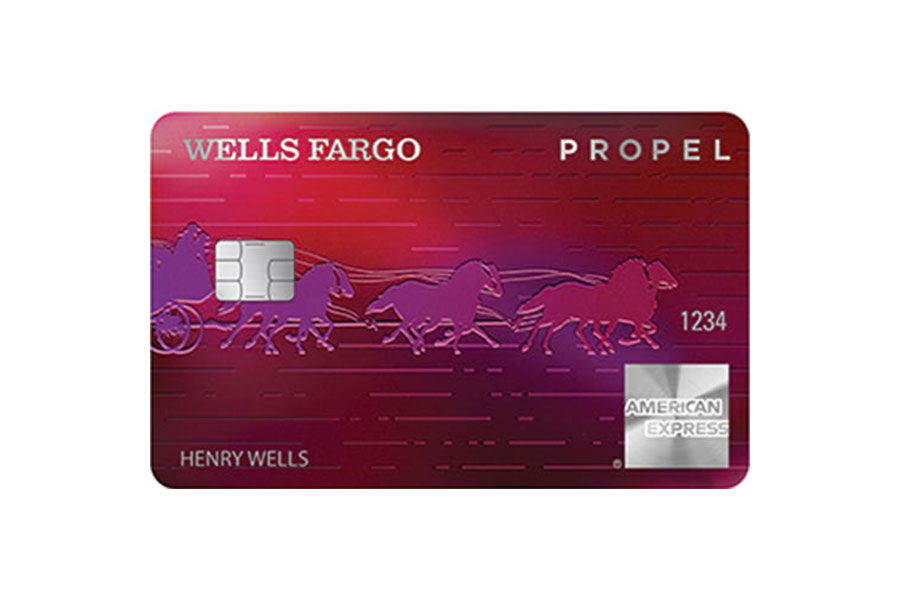Think leasing a car with bad credit is out of reach? It’s not—there are ways to make it happen, even if your credit isn’t perfect. Leasing can give you access to a newer car with lower monthly and upfront costs than buying. While you might face challenges like higher interest rates, there are strategies to get approved and keep costs manageable.

Leasing could be a smart move if you’re looking for predictable payments and a shorter commitment than owning a vehicle. But to make it work with bad credit, you’ll need to prepare and know what to expect. Let’s dive into what you need to know.
What to Consider Before Leasing a Car With Bad Credit
Leasing a car with bad credit is possible, but the terms are often less favorable than for someone with higher credit. Here’s what to keep in mind:
- Higher APR Means Higher Payments: The annual percentage rate (APR), or “money factor,” is typically higher if your credit score is low. For example, a lease with a 4% APR might cost $300 per month, but a 10% APR could push that payment to $350. Over a 36-month lease, this adds up to an extra $1,800 or more.
- Larger Down Payments: Leasing companies often require a bigger upfront payment to reduce their risk. Instead of a $1,500 deposit, you might need to pay $3,000 or more. While this lowers monthly payments slightly, it’s a significant cost to prepare for.
- Tighter Mileage Limits and Fees: Leasing companies may impose stricter limits or charge higher fees for exceeding them. Most leases include 12,000 to 15,000 miles annually, with excess mileage fees of $0.15 to $0.25 per mile. Driving just 5,000 miles over the limit could add $750 to $1,250 to your end-of-lease costs.
These factors highlight why it’s essential to factor in all potential costs when considering a lease. Planning ahead can help ensure the total cost fits within your budget.
See also: Leasing vs. Buying a Car: Here are the Pros & Cons
How Does Leasing a Car Affect Your Credit?
Leasing a car can help you build credit if you make consistent, on-time payments. Your lease will appear as an installment loan on your credit report, which is generally viewed more favorably than revolving credit like a credit card. Over time, this can contribute to a stronger credit score.
However, leasing may initially cause a slight dip in your score. This happens for two reasons: the hard credit inquiry when you apply for the lease and the fact that opening a new account lowers the average age of your credit. These effects are temporary, and as you make payments, your credit score should improve.
Missing payments, though, can harm your score significantly—just like a missed car loan or credit card payment. If you’re leasing to rebuild your credit, make sure your monthly payments fit comfortably within your budget.
What Credit Score Do You Need to Lease a Car?
Your credit score plays a big role in determining whether you qualify for a lease and the terms you’ll receive. The minimum credit score needed to lease a vehicle will vary depending on the leasing company and the specific terms of the lease.
Most leasing companies look for a credit score of at least 620, which is considered “fair.” If your credit score falls below that, it is classified as “subprime.” It’s still possible to lease, but you may face higher interest rates and require a larger deposit.
For example, someone with a credit score of 620 might qualify for a lease with a 6% APR, while someone with a score of 580 might face an APR closer to 10%. These higher rates can add hundreds of dollars to your lease over time.
Leasing companies also evaluate factors beyond your credit score, such as your income, employment history, and debt-to-income ratio. If your credit score is on the lower side, showing stability in these other areas can improve your chances of approval.
Risks of Leasing with Bad Credit
Leasing a car with bad credit can open doors to driving a newer vehicle, but it’s not without its challenges. Here are some potential downsides to keep in mind:
- Higher Total Costs: Poor credit typically means higher APRs, which lead to more expensive monthly payments. Over the life of a lease, these added costs can add up, making leasing less affordable than it initially appears. For example, a lease with a 4% APR might cost $300 per month, while a 10% APR could push that payment to $350 or more.
- Risk of Default: If your financial situation is tight, the higher monthly payments could strain your budget. Falling behind on payments can result in penalties, harm your credit further, and even lead to repossession of the car.
- Mileage and Wear-and-Tear Fees: Leasing contracts often come with strict limits on mileage, typically 12,000 to 15,000 miles per year. Exceeding this limit can result in costly per-mile fees. Similarly, wear-and-tear charges can apply if the car isn’t returned in excellent condition, which could hit your wallet unexpectedly.
Being aware of these risks allows you to make a more informed decision about whether leasing is the right option for your situation. If you’re considering a lease, make sure to carefully review the terms and factor in all potential costs before signing a contract.
How to Improve Your Lease Approval Chances
Improving your credit rating as much as possible is one of the best things you can take the time to do. Start by checking your credit score to see what range you’re in. Then access your credit reports to see what areas you should focus on.
Lower Your Debt-to-Income Ratio
If your debt is high, try to pay it down as much as possible. This will help lower your debt-to-income ratio and show lenders that you can make the monthly payment.
Clean Up Your Credit Report
If you have many late payments listed on your credit report, you may consider disputing any inaccurate or incomplete information. Removing negative items from your credit report is one of the quickest ways to increase your credit score.
Make a Down Payment
Another option to improve your chances of leasing a vehicle is to save up more cash for a deposit. While some leases may only have an optional deposit, you’ll likely be required to put extra cash down if you have a poor credit score.
The more you put down, the lower your monthly payments will be. So start setting aside extra cash so you can put more skin in the game and be considered for leasing a vehicle.
Get a Cosigner
A cosigner is someone who agrees to be responsible for a loan or other debt if the primary borrower is unable to make payments. Cosigners are often used to help individuals with poor credit or a limited credit history qualify for loans or other credit products that they might not otherwise be able to get.
If you are considering a lease and are having trouble getting approved on your own, you may want to consider getting a cosigner. A cosigner with a good credit score can help you get approved for a lease, and may also help you get a lower interest rate and more favorable terms.
Do a Lease Swap
A final way to qualify for a lease, even with low credit scores, is to apply for a lease transfer. A lease swap, or lease transfer, involves someone who is currently leasing a vehicle transferring the remainder of their lease to someone else.
You can use a third-party service to get paired with someone who wants to get out of an existing lease. Typically, you can avoid paying a deposit, and the credit requirements usually aren’t as strict as when working directly with a lender.
The credit requirements for a lease transfers are typically less strict than when applying for a new lease directly with a lender. This is because you are not taking on a new loan; you are simply assuming the remaining payments on an existing lease. However, you may still need to meet certain credit and income requirements. You may also need to pay a transfer fee to the leasing company.
Bottom Line
If leasing is your best option, start taking steps to make it work for you. Begin by checking your credit report and addressing any negative items to improve your credit score. Save extra cash for a larger down payment or security deposit to offset higher costs. Finally, shop around to compare lease terms and find the most flexible options available.
With the right preparation, you can secure a lease that fits your budget—even with bad credit. A little planning now can help you drive off in the car you need without overextending your finances.




